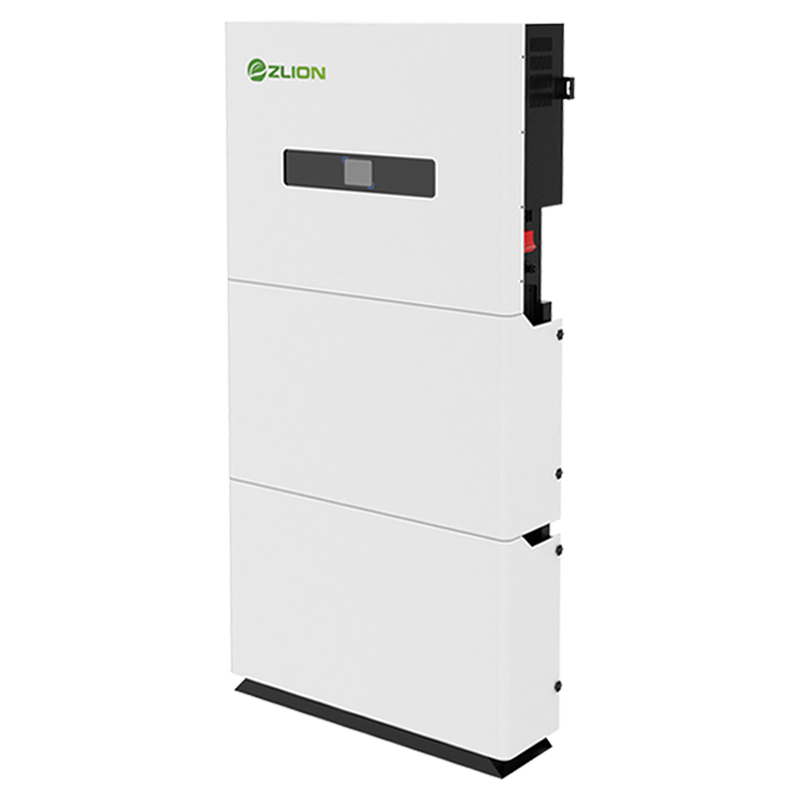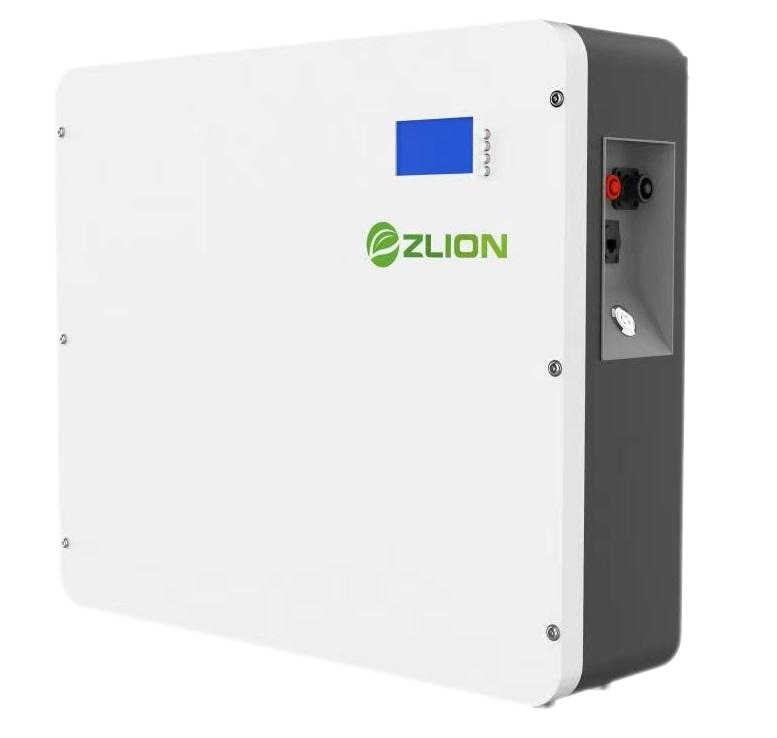1. In the face of this situation, we should check the circuit powered by the UPS power battery to see if there is any problem, especially the current limiting resistor.
2. If there is no problem here, then we will check if there are any burnt electrical components, if so, we need to measure and replace them.
3. Assuming that there are no problems with the above, we will measure the AC output tube at this time, and we need to make comparative measurements to observe whether there is any damage.
If the UPS cannot be turned on when the 220V input is applied, the battery may be dead, causing the relay to be unable to attract and automatically detect whether there is AC input, and there is no output. This is common (determine which type of UPS you have). Another reason is that the output end takes away the load, causing the protection shutdown. Another reason is that the inverter board and the control board are faulty. This is not something that ordinary people can handle. If the first two are normal, it is recommended to send it for repair! Because the equipment cannot be detected, only a rough analysis can be made.
For medium and large UPS, such as tens of kva, the detection record panel will have event records corresponding to the time. These records can be called up to analyze what events have occurred, which is very helpful for analyzing and solving problems. Small UPS, such as a few kva, will have panel indicator lights to indicate the operating and fault status, and some will have different sound prompts. When the cause of the fault cannot be determined through this information, it is necessary to perform a power-on inspection according to the procedure, which includes asking the user about the situation at the time. This includes understanding the AC power supply, load changes, whether there is a load short circuit, and whether the room temperature is too high; measuring the battery voltage, checking the power supply and distribution switch, whether there are signs of burning inside, whether the capacitor and power device are cracked and deformed, and whether there are short circuits and other abnormalities. For a small UPS, after ensuring that there is no obvious damage, you can try to restart it and observe the display and sound and light prompts to make further judgments; for a large UPS, if you do not understand it yourself, you must contact the manufacturer's after-sales service for consultation to avoid further impact.













